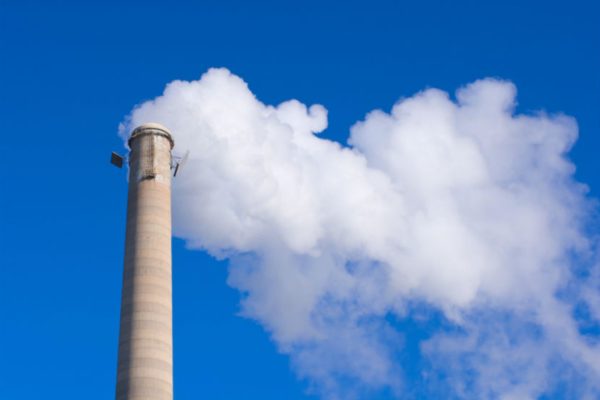The United States and China recently ratified the Paris Agreement on climate change, with the Obama administration’s contribution being the Environmental Protection Agency’s proposed Clean Power Plan — the largest climate-change regulation ever attempted in the United States — whose legality is currently being argued before the U.S. Court of Appeals in Washington, D.C.
Unfortunately, the public seems to know little about the Clean Power Plan, a point brought home to me recently when I spoke about energy to 200 accountants employed by one of the largest accounting firms. When I asked the group how many had heard of the Clean Power Plan, only about 10 people raised their hands.
The plan is being promoted as a means to accelerate a shift away from carbon dioxide-generating electricity fuels such as coal, oil and natural gas to lower CO2-generating sources such as wind and solar.
The EPA’s website clearly states the overarching goal: “Nationwide, by 2030, the Clean Power Plan will help cut carbon emissions from the power sector by 30 percent from 2005 levels, while starting to make progress toward meaningful reductions in 2020.”
Regardless of your perspective on climate and carbon, or on the legalities of the plan, it is valuable to examine some basic facts: The year 2005, the base year of the Clean Power Plan, is essentially tied with 2007 for the highest year of CO2 power-sector emissions in the U.S. at about 2,400 million metric tons. The 2030 emissions goal is a 30 percent reduction from 2005, or roughly 1,680 million metric tons.
In 2015, U.S. power sector emissions were 1,900 million metric tons, already a 20 percent reduction from 2005. In fact, from 2005 to 2015, the U.S. reduced CO2 emissions more than any other major economy in the world.
In other words, by 2015, we had already reduced emissions by 20 percent without a Clean Power Plan or government carbon price signal. Not only does the 30 percent goal in the plan not seem very ambitious, it appears misleading to trumpet a 30 percent target when 20 percent has already been achieved.
The 20 percent reduction in CO2 emissions from 2005 to 2015 happened in three ways: renewable energy such as hydroelectric, wind and solar increased; there was a recession, which dampened energy demand; and the use of natural gas nearly doubled, which had the biggest impact.
Natural gas grew quickly because hydraulic fracturing (fracking) of shales created new supplies, causing natural-gas prices to plummet. If the pace of CO2 reduction from 2005 to 2015 continues to 2030, CO2 emissions would be around 1,300 million metric tons — a 45 percent reduction from 2005 and substantially lower than the goals of the Clean Power Plan.
Confused? So am I. Why push for a Clean Power Plan if we are already two-thirds of the way there and headed — without federal intervention — lower than the ultimate goal of the plan?
As with most things in energy, there are politics involved. Take the proposed EPA rate-based CO2 reduction burdens recommended by the Clean Power Plan for each state. If you arrange the states from left to right on a graph, you’ll see that the half on the left with the least proposed CO2 reduction burden voted 75 percent Democrat in the 2012 presidential race, and the half on the right with the greatest burden voted 66 percent Republican.
We should not judge political motivation or intention, but we do need to look at actual outcomes. Government carbon interventions have not worked very well in other countries, and in fact they have often had the opposite effect on actual CO2 emissions. In contrast, the U.S has made great progress thus far, even if not orchestrated, without federal policy or agency rules.
Back in the early 2000s, the Kyoto Protocol — a precursor to the Paris Agreement — set out a similar goal, but in fact had the reverse impact: CO2 emissions in developed nations remained essentially flat, but emissions in developing nations increased sharply.
Nonetheless, some still argue the Clean Power Plan is needed, perhaps on philosophical or moral grounds. But if the goal is actual reductions in CO2 emissions, the road to green is not always a federal highway.
Scott W. Tinker is the state geologist of Texas, the director of the Bureau of Economic Geology and the Allday Endowed Chair in the Jackson School of Geosciences at The University of Texas at Austin.
A version of this op-ed appeared in the San Antonio Express News, Dallas Morning News, Houston Chronicle, Waco Tribune Herald, The Rivard Report, McAllen Monitor, Wichita Falls Times Record News, Corpus Christi Caller Times and the Austin American Statesman.
To view more op-eds from Texas Perspectives, click here.
Like us on Facebook.




